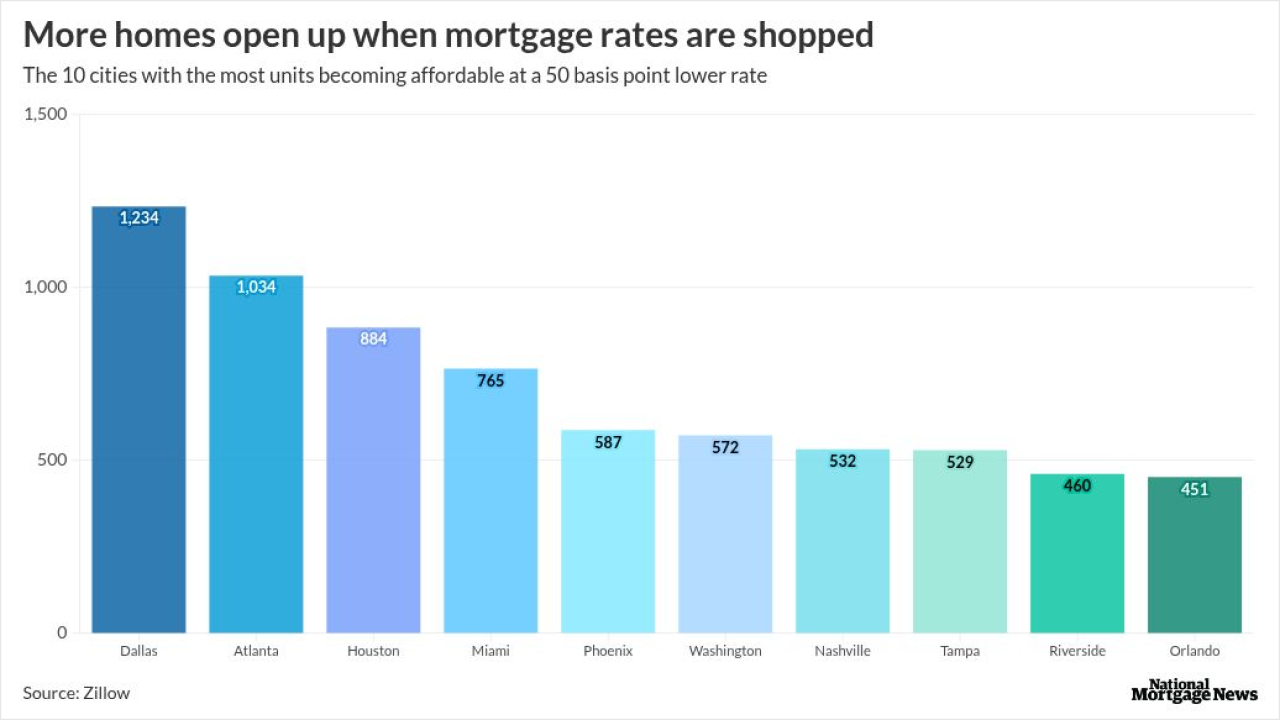
As online and mobile channels continue to prompt the growth of digital lending technology, consumer preferences are forcing mortgage lenders to adapt or risk losing market share.
Indeed,
Lenders need to steadily increase the breadth and depth of their digital footprint with the aim of providing transparency throughout the home buying process.
Currently, a high hurdle lies in the path to digital. Outdated legacy loan origination systems make adapting to mobile, cloud, analytics and other digital capabilities very difficult.
Many of these
The right analytic tools, for instance, can enable a lender to
With critical data about the customer's intentions missing or irretrievable, applying analytics won't help lenders present the borrower with
Better data combined with customer analytics can also
Lenders' ability to establish these affinity relationships and integrate with these partners may be limited, however, if these partners have more current or advanced technology in place.
As borrowers increasingly looking for a seamless digital experience, lenders have
In some cases, borrowers can submit documents to the lender by taking a photo with their smartphones and uploading them directly to a mobile app. But these processes might not be fully integrated with the LOS, which then requires the lender to collect original documents via a printer or fax machine. If lenders are unable to electronically collect, scan and store data inside the LOS, they are, in effect, only partially delivering on the digital experience.
Lenders can't offer customers a full digital experience until they get the foundation right. Antiquated, complex legacy technologies won't enable them to leverage advanced analytics, enable e-signatures or electronically process the closing.
The digital train has left the station, so time is of the essence. Relying on old technologies to support new strategies will leave you struggling to catch up to your more digitally savvy competitors.
Ghazale Johnston is a managing director with Accenture Credit Services.





